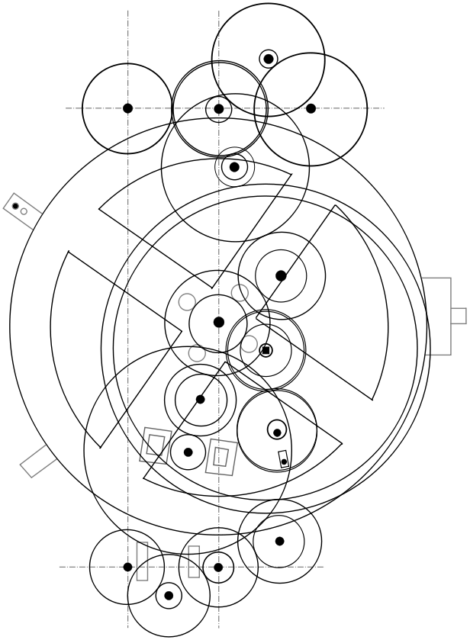Think about it: what would you do if we didn’t have computers? Computers basically run this world; whether it’s for business, banking, or personal use, we’d be lost in the world if we didn’t have a computer to rely on.
Back in July, information was released on what is believed to be the oldest computer ever made, which was found on a shipwreck in the Mediterranean. The computer is known as the Antikythera. Although it doesn’t look like much, the bronze piece was found back in the 20th Century in the shipwreck near the island of Antikythera.
One leading expert on the case has recently claimed that it may not be just a navigational tool like many experts believed.
Mike Edmunds from the Cardiff University, said that one of the possibilities of the use of the Antikythera is that it was on a ship because it was being delivered to someone. It is believed that the device was not used for navigation, therefore, it was not on the ship for that purpose.

Edmunds is confident that right now, the Antikythera is the world’s oldest computer mechanism, although it is severely corroded.
Even though the device was found in the early 20th Century, its importance wasn’t recognized until the 1970s. It was then that it was examined with radiography. This revealed that the device had a complete set of 30-gear wheels.
Thanks to experts, this mechanism has finally been officially accepted as the first known astronomical calendar. This small, simple device can track and predict the cycles of the solar system by using a complex system of moving parts.

In reality, it’s a sophisticated mechanical calculator rather than what we know as a computer. The Antikythera cannot be reprogrammed, and thus is only useful for the very specific purpose for which it was created.
Since 2004, there have been many tests done on it. Many imaging methods have been used in order to reveal the device’s exact functions and structure. Every year, radiology technology and carbon dating gets better, therefore, there is constantly a new way to test some of these older artifacts to learn more about them.
Thanks to all of these tests and techniques, they have revealed the texts on the surface of the device. The tests have even revealed some of the inscriptions that were buried on the inside of the remaining fragments on it. Considering the device was lying at the bottom of a shipwreck, it is no wonder it had unwanted pieces on it.
Edmunds said that it is believed the device was once the size of a shoe box. The device at one point also had dials on the front and back faces. There was a handle or some kind of knob on the side of the box that was enabled by the user in order to turn the trains of gears on the inside. It is thought there were much more gears on the inside than the 30 that are still in there today.
It would be interesting to know just how much someone paid for this device, as astrology was extrememly important to ancient life.
